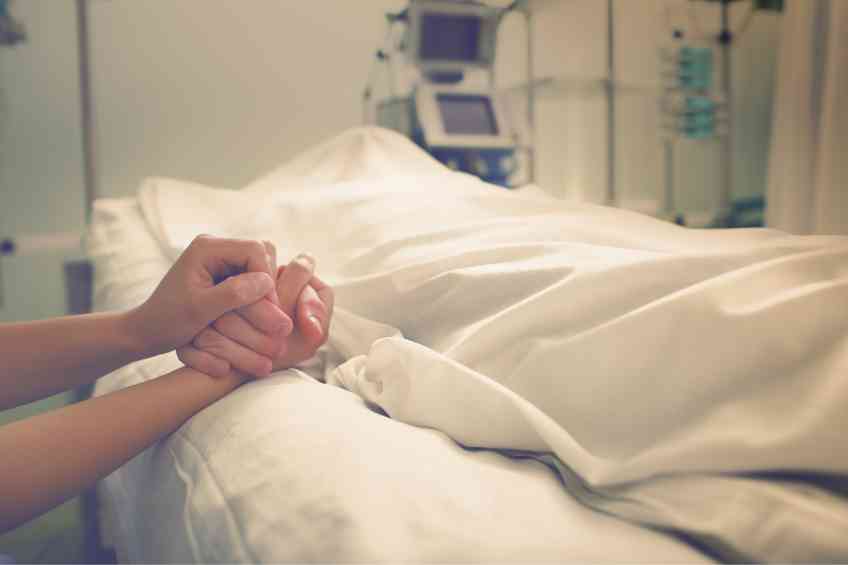By Sean Zucker –
Mankind has pondered certain universal questions. These include queries on the meaning of life, what is mortality and what women actually see in Pete Davidson. One question, of course, remains paramount. “What happens after death?” Luckily, the answer may have just gotten a little closer.
A recent University of Michigan study has found evidence of surging cerebral activity in some people moments before they die. Crucially, the area of the brain experiencing this rush is generally associated with human consciousness. Led by Dr. Jimo Borjigin, an associate professor, the study required cooperation from a few people experiencing terrible circumstances.
With permission from their families, Borjigin’s team recorded the brain activity of four comatose patients as they perished. Once the individuals were deemed beyond medical assistance, they were taken off life support as their heart rates and brains were tracked by a team of scientists. Each patient died from cardiac arrest while under electroencephalogram or EEG, monitoring.
Two of the four patients showed no substantial increase in heart rate or gamma wave activity, which is often associated with human consciousness. The other two individuals had different end-of-life experiences. They both record a large uptick in both heart rate and gamma wave activity.
The university’s study follows in the footsteps of similar research conducted by Dr. George Mashour, the founding director of the Michigan Center for Consciousness Science, over a decade ago. Mashour underscored the importance of the new findings. “How vivid experience can emerge from a dysfunctional brain during the process of dying is a neuroscientific paradox. Dr. Borjigin has led an important study that helps shed light on the underlying neurophysiologic mechanisms,” he announced.
A sample side involving just four individuals is admittedly incredibly small to base any definitive finding on, especially since only half displayed this brain activity. Nonetheless, some claim these findings could validate countless reports of near-death experiences to those skeptical of their legitimacy.
Dr. Jennifer Kim Penberthy, a psychiatry professor at the University of Virginia, for example, is intrigued by the study’s findings. “There is more than the idea that we just live in this body and die and that’s it,” she explained in published reports.
Penberthy, who also studies after-death communications, suggested that additional research is needed to open up new areas of inquiry and understanding. “Science is an evolution and it’s changing… In my world, I see it changing to include more expansive approaches to things,” she added.
Dr. Nusha Mihaylova, who worked on the university’s study, offered perhaps a more nuanced review of the finding’s impact, calling into question any particular insights into life after death.
“We are unable to make correlations of the observed neural signatures of consciousness with a corresponding experience in the same patients in this study. However, the observed findings are definitely exciting and provide a new framework for our understanding of covert consciousness in dying humans,” she said.












